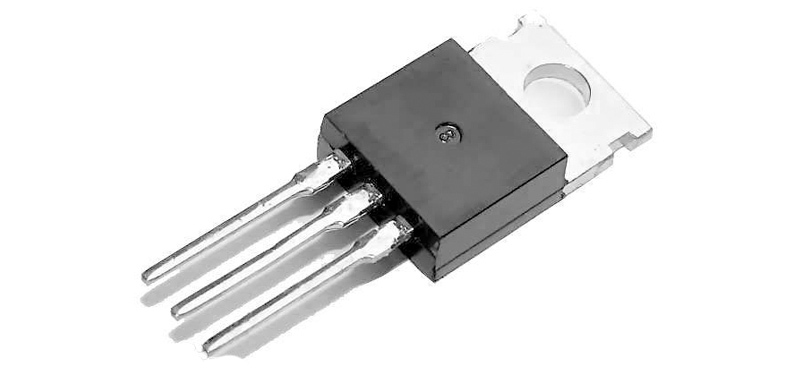

The parameters of the triode can be divided into DC parameters, AC parameters, limit parameters, and characteristic frequencies. The parameters of the triode are an important basis for the use and selection of the three-stage tube. For this reason, understanding the parameters of the triode can avoid damage to the tube caused by improper selection or use.
1, DC parameters
Collector - base reverse current I (CBO). When the emitter is open and a specified reverse voltage is applied between the collector and the base, the leakage current in the collector junction is called I(CBO). The smaller the value, the better the thermal stability of the transistor. Generally, the small power tube is about 10OA, and the silicon tube is smaller. The collector-one emitter reverse current I (CBO) is also referred to as the penetration current. It refers to the leakage current of the collector when a predetermined reverse voltage is applied between the collector and the emitter when the base is open. The smaller the value, the better. Silicon tubes are generally small, below about 1 μA. If the test finds that this value is large, the tube is not easy to use.
2, the limit parameters
Collector Maximum Allowable Current I(CM) When the beta value of the triode drops to half of the maximum value, the collector current of the tube is called the maximum allowable current of the collector. When the collector current Ic of the tube exceeds a certain value, it will cause a change in some parameters of the transistor, most notably the decrease in the value of β. Therefore, in practical applications, Ic is smaller than the maximum allowable dissipated power P (CM) of the I (CM °) collector. When the transistor is operated, the collector junction is heated due to the dissipation of a certain power of the collector. When the temperature is too high, the temperature is too high. This will cause a change in the parameters and even burn the transistor. To this end, it is stipulated that the power at which the collector temperature of the transistor rises so as not to burn the collector becomes the maximum power dissipated by the collector. In order to increase the P (CM) value, a heat sink can be added to the high-power tube. The larger the heat sink, the more the P (CM) value is increased. Collector emitter reverse breakdown voltage BU (CEO) The maximum voltage allowed between the collector and the emitter when the base is open. In practical applications, the voltage applied between the collector and the emitter must be less than BU (CEO), otherwise the transistor will be damaged.
3, current amplification factor
The DC amplification factor β" is expressed by h (FE). It refers to the ratio of the common emitter circuit, the collector output DC I (B) and the base input DC when there is no AC signal. That is: β = I (c /I(B)β is an important parameter to measure the current amplification capability of the triode, but for the same triode, there are different β at different collector currents. The AC amplification factor β can also be represented by h(FE); This parameter refers to the ratio of the change amount ΔAIc of the collector current to the change amount of the base current ΔI(B) in the common emitter circuit when the AC signal is input. That is, β=△Ic/△I (B) The above two parameters respectively indicate the amplification capability of the triode to the DC current and the amplification capability of the AC current. However, since the values of the two parameters are approximately equal, that is, β≈β, they are generally not distinguished in actual use. Due to the production process, even if the same batch of tubes is produced, the β value is different. For convenience and convenience, the manufacturer sometimes marks the corpse on the triode for the user to select.
4, characteristic frequency products
Because the corpse value decreases with the increase of the working frequency, the higher the frequency, the more serious the β decline. The characteristic frequency of the triode is the frequency value at which the corpse value drops to 1. That is to say, the triode operating at this frequency has lost the amplification capability, that is, f(T) is the limit frequency in the use of the triode. Therefore, when the triode is selected, the characteristic frequency of the general tube is at least higher than the frequency of the circuit 1 More than 3 times. But the higher the f(T) is, the better. If it is chosen too high, it will cause the circuit to oscillate.




